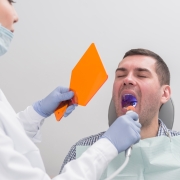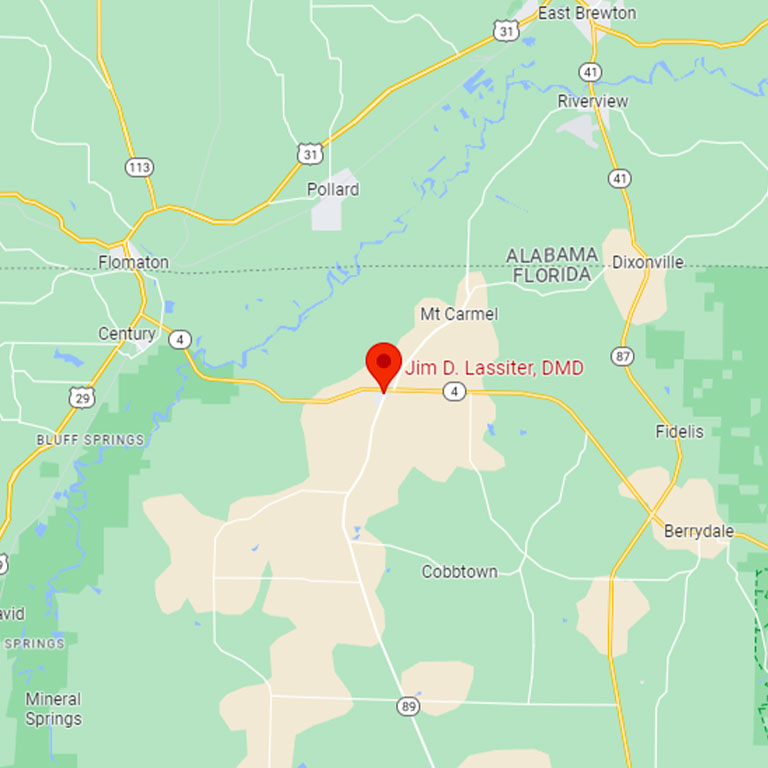4 Things You Can Do To Improve Your Oral Hygiene
Maintaining good oral hygiene habits help you take care of your teeth and gums. Your dentist in Jay, FL, can give you advice to help. In this article, we’ll go over four small things you can do to ensure that you’re taking care of your teeth well at home.
1. Follow Best Practices When Brushing Teeth
There’s a right way and wrong way to brush your teeth. Here are some best practices to follow when brushing your teeth.
- Brush for two minutes every time. Use a timer to ensure you’re brushing your teeth the right amount.
- Brush with a soft bristle toothbrush.
- Avoid pushing hard on your gums when you brush your teeth.
- Brush your teeth twice per day: once in the morning and once in the evening before bed.
2. See the Dentist Every Six Months
Most dentists recommend that patients see them twice per year to keep their teeth clean. See your dentist every six months to keep plaque and tartar off your teeth.
3. Get An Electric Toothbrush
Did you know that electric toothbrushes are better at removing plaque and tartar than manual toothbrushes? It’s true. Talk to your dentist to find out what kind of toothbrush they recommend for your home.
4. Get a Tutorial on Brushing and Flossing
Your dentist can show you the right way to brush and floss your teeth. Get a tutorial from your dentist to ensure that you’re doing these important activities the right way.
Your dentist can show you how to brush your teeth during your next dental cleaning and checkup in Jay, FL. Call today to make an appointment.











